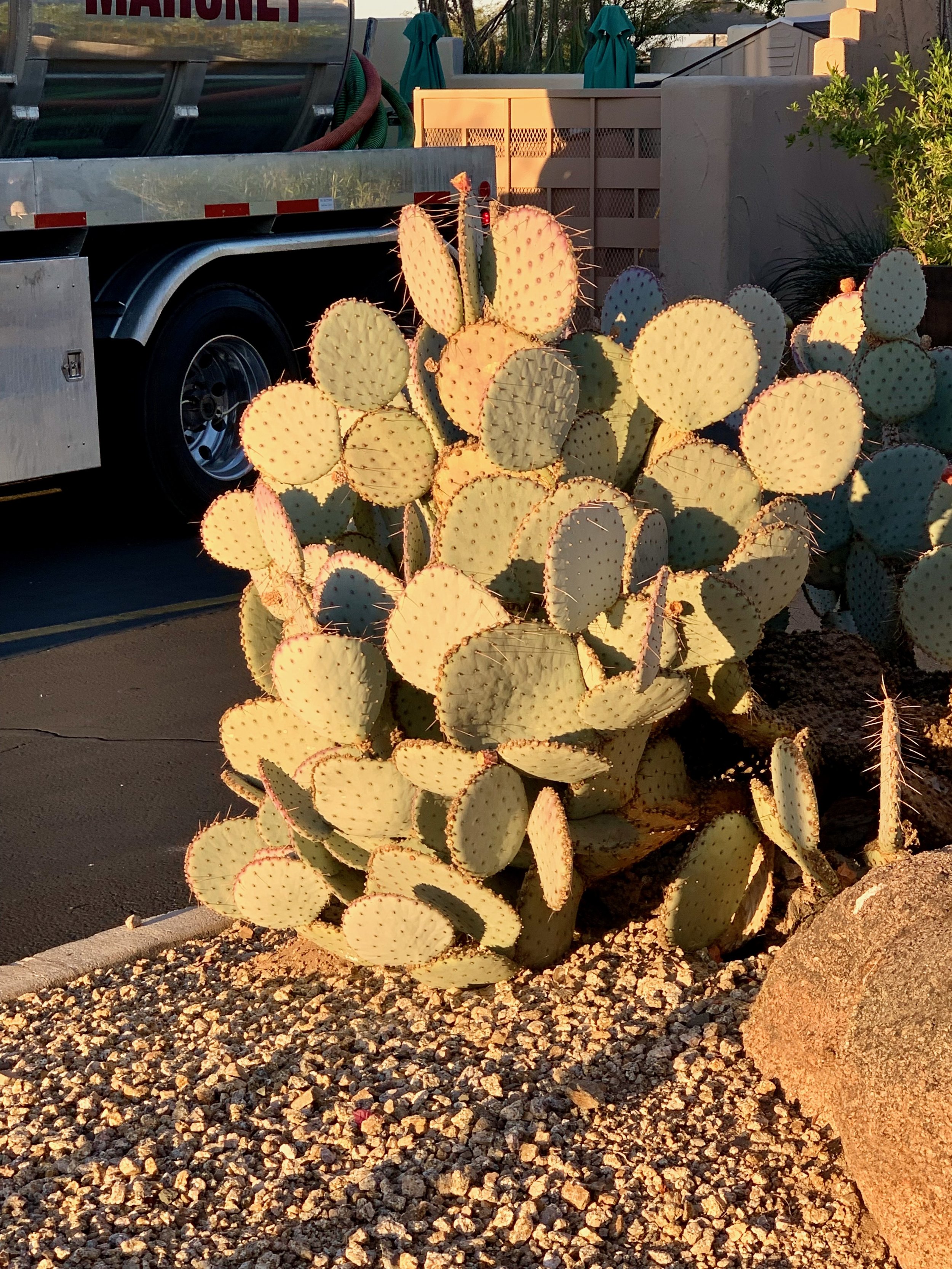How Does Organizational Environment Affect the Performance of Our Teams?
I have a couple of different plants in my home office, but one in particular often catches my attention. My Eleanor Roosevelt type croton plant sits in the far corner of the room, sitting on a small table facing a window that is exposed to varying degrees of sunlight throughout the day. What continually captures my attention is the fact that there are several sets of distinctive coloring on the leaves of the plant.
The Eleanor Roosevelt Croton plant in my home office
Some of the leaves are a dark, rich, green color, with distinctive yellow variegation. Other leaves are mostly yellow, with small patches of the dark green color trying to peek through.
Still other leaves have a deep red coloring on the outside of the leaves.
That there is such variety in the leaves of the same plant which are in a single location struck me as notable and interesting. What accounts for the variety given that the genetic material is identical? It turns out that varying angles and exposure to light can impact the variegation patterns and how much green or yellow coloration an individual leaf will produce. The red coloring is introduced as a leaf ages, although this also depends on various environmental considerations, like light exposure, availability of water, and soil composition.
For those into genetics, there is the concept of genotypes and phenotypes. The genotype is the set of genetic material an organism has. This is inherited from parents and generally does not change in the organism's lifetime. The phenotype is the organism's observable expression of behavior which can change throughout its lifetime. The phenotype is determined by how the organism's genes interact with its environment conditions. Even though my plant leaves have identical genotype, the coloration and variegation differences I observe is variation in each leaf's phenotype.
Over time, organisms with phenotypes that can adapt in certain environments will tend to not only survive in those environments, but also thrive. In different environments, we can expect to see different organisms whose phenotypes are amenable to that environment. That is why the trees that I see around my home in the mid-Atlantic region of the US are different from the foliage I saw on my recent visit to Scottsdale, Arizona.
Maple tree with yellow leaves during the autumn season in the mid-atlantic region of the United States
Prickly Pear cactus plant near Scottsdale, Arizona
As I thought more about the differences in the leaf expression, the sensitivity to environmental conditions and the different variation in species we see in different environments, it got me thinking about how our organizational environments impact the performance we get from the people within our organizations.
I think we intuitively understand that organizations have different cultures and that certain types of people are more or less likely to thrive in each of these cultures. A well-known article in Harvard Business Review details how star stock analysts fared when they moved to a new organization. Most never reached the same level of performance as they had with their previous organization. Every organization should have enough self-awareness about the skills and adaptability that are required to be successful in the organization and look to add people who have a record of displaying such behavior. We don't want to bring in a cactus plant to a lush and temperate environment.
However, I keep coming back to what I saw with the Croton plant variety and the differences in expression in the same plant. How is our organizational environment impacting our employees' behavioral expression and performance? Is the environment supportive and conducive to optimizing each person's skills, experience, and potential? Or is the environment inhibiting the expression of higher-value performance and forcing our colleagues to adapt to sub-optimal conditions just to survive?
In an organization, there are many environmental factors that drive the phenotype that people express on their teams and in their work. Everything from incentives to resource availability, to one's manager, to one's colleagues, to learning opportunities, to the amount of leeway someone is given all play a role in impacting what someone will be able to contribute to an organization. We spend lots of time trying to find the best people to bring into our organization, as we should, but are we spending enough time tweaking the organizational environment to help those we bring into the organization reach their potential? The investment in developing our people and creating a conducive environment for them is just as crucial as the investment we put into bringing talented people into the organization in the first place.
Look for future blog articles where we dig into different environmental factors and methods for adjusting the environment.





